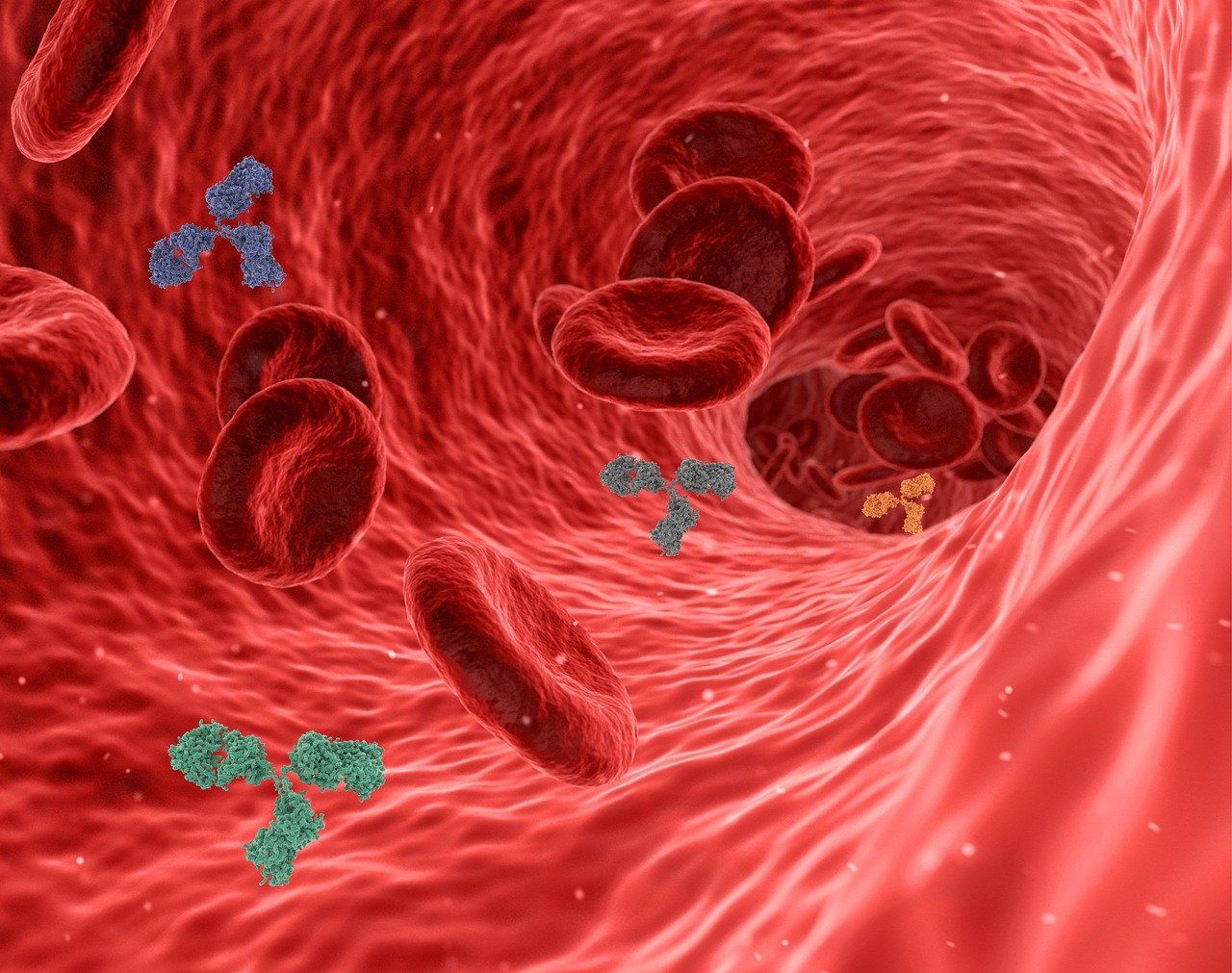
What is hematology
What is hematology?
It's the science of maintaining healthy blood vessels in our bodies. Hematology is the study of blood vessels. Blood vessels are made of different substances: platelets (placenta), blood vessels, and endothelial cells. Hematology uses research to understand how these different substances work together to prevent disease, repair problems, and give blood.
Luminae are hemoglobin rich, oval shaped blood cells that are derived from the erythrocytes on the surface of the blood. Hemoglobin is the liquid that carries oxygen throughout the blood. Most of the erythrocytes in blood are hemoglobin rich. Hemoglobin is the main fuel for the red blood cells.
Chloroform is a chemical that is toxic and can change the blood color to blue, red or orange. Hemoglobin is the carrier of oxygen, and by forming blue to red color cells, hematopoietic hemoglobin is present in the blood. Hemoglobin increases as the blood volume increases.
In the United States the risk of leukemia is 1 in 1,500. In Europe, the risk is 1 in 1,500. The European Society of Hematology estimates the number of children with leukemia to be about 10,000. The European Guidelines for the Prevention of Cancer recommends annual screening to detect and treat leukemia and lymphoma.
The risk of hemoglobin A1c (HCs) is significantly higher in those born after 1950. The European Guidelines for the Prevention of Cancer recommends the use of anticoagulants to prevent or lessen the risk of HCs.
- High blood pressure
- Diabetes mellitus
- Lifestyle factors
In children and adolescents, the risk of type 2 diabetes is high, but it tends to decline at older ages. The risk of developing diabetes in children is 2.1 times lower than that for adults. In adults, the risk of developing diabetes is 2.3 times higher than that for children and adolescents.
There are three major risk factors for type 2 diabetes. In adults, these are:
- Obesity
- Regular physical activity
- High blood pressure (hypertension)
- Excess body fat
- Excessive alcohol use
The risk of developing type 2 diabetes in children can be reduced by following a number of lifestyle changes.
Obesity
Obesity is a serious risk for type 2 diabetes. It is associated with the following risk factors for the development of type 2 diabetes:
- High blood pressure
- Excess body fat
- Excess alcohol use
- Excessive physical activity
- Excess consumption of soda
Obese children have a greater risk of developing type 2 diabetes than healthy children. They have a higher risk of developing type 2 diabetes, but the differences are less significant than in adults.